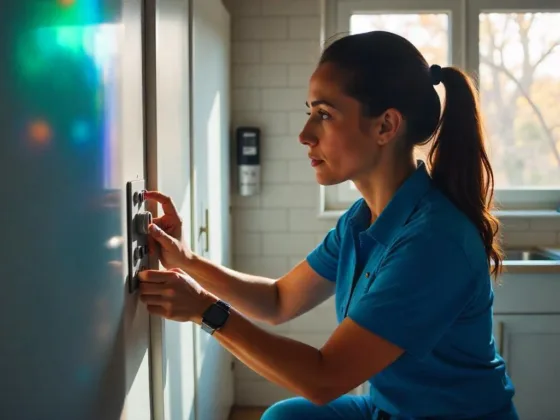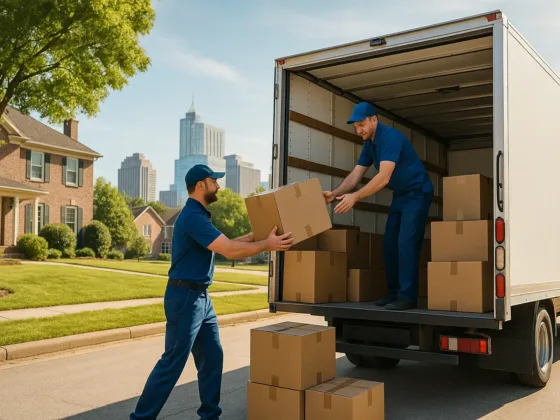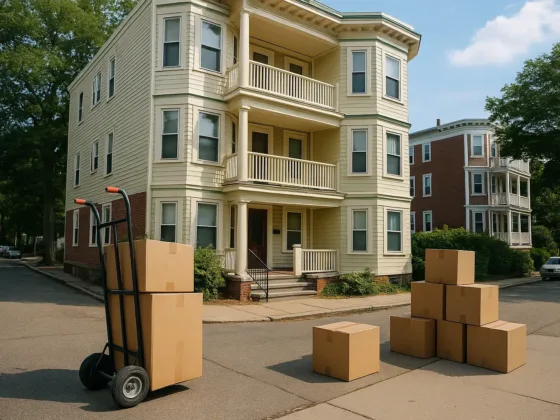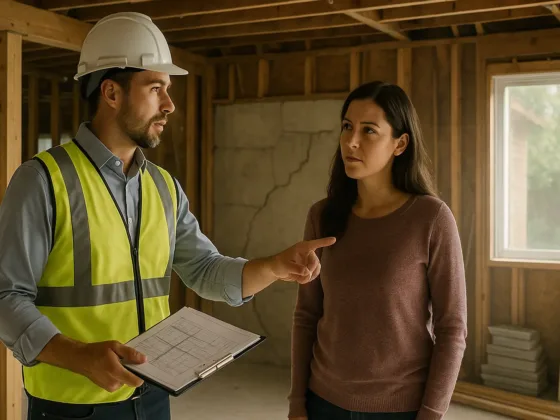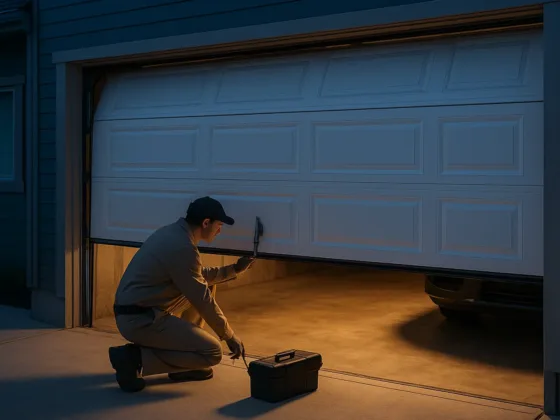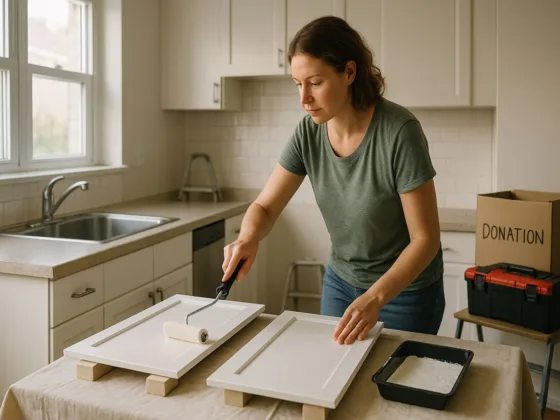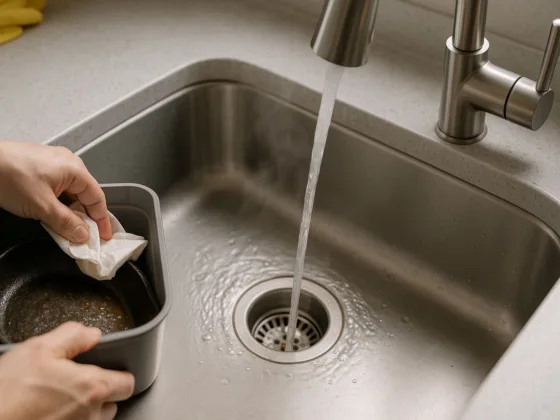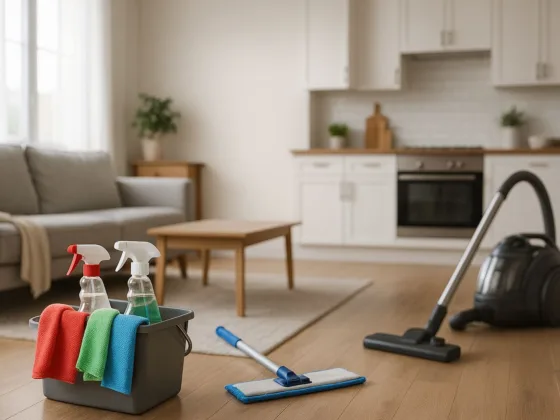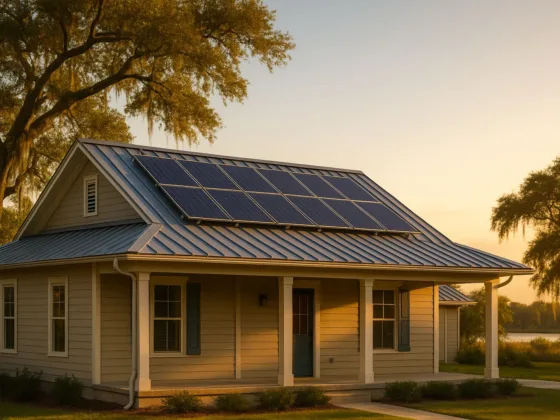Table of Contents Show
Understanding roof issues is crucial for any homeowner. Your roof acts as the first line of defense against nature’s elements. When problems arise, they can affect not just the roof but the entire structure of your home. Addressing these issues promptly can save you a lot of time and money in the long run.
Identifying Common Roof Problems
Roof problems vary, but there are a few common culprits that homeowners should watch for. Identifying these issues early can save you from more extensive damage and costly repairs.
Roof Leaks
Roof leaks are one of the most prevalent problems homeowners face. They can stem from worn-out materials, improper installation, or even storms. A leak can lead to mold growth, rot, and damage to your ceilings or walls. Check your attic for signs of moisture or stains; if you spot water spots, it’s time to investigate further.
Damaged or Missing Shingles
Shingles are your roof’s protective layer. When they’re damaged or missing, rain and snow can seep in. Look for curled, cracked, or completely missing shingles. Conduct a visual inspection after strong winds and storms since these can dislodge shingles easily. At times, sunlight can fade shingles, indicating their aging and need for replacement.
Clogged Gutters
Gutters play an essential role in guiding water away from your home. When they become clogged with leaves and debris, water can overflow, leading to water damage to your roof and siding. Regularly check your gutters and downspouts to ensure they’re clear, especially in fall when leaves are falling.
Flashing Problems
Flashing is the material that seals joints and openings on your roof, such as around chimneys or vents. If flashing is improperly installed or damaged, it can lead to leaks. Look for rust or peeling paint on your flashing; these are signs that your flashing may need replacement or repair.
Solutions for Roof Problems
Now that you’ve identified common roof problems, let’s explore some practical solutions to restore your roof effectively.
Professional Inspection and Maintenance
It’s wise to schedule professional roof inspections at least once a year. Experts can identify issues that might go unnoticed during a casual check. They typically evaluate flashing, shingles, gutters, and overall roof condition. Regular maintenance can significantly extend your roof’s lifespan.
Repairing Roof Leaks
Fixing roof leaks can be straightforward if done promptly. Start by locating the leak’s source—this doesn’t always mean the water stain is directly below the leak. Once located, you can use roofing cement, a patch, or, in some cases, replace shingles to seal the leak effectively.
Replacing Damaged Shingles
If you spot damaged shingles, replacing them is crucial for your roof’s health. Start by removing the damaged shingles and examining the area beneath. If the underlayment is in good shape, simply install the new shingles according to the manufacturer’s guidelines. This restores the integrity of your roof effectively.
Clearing Clogged Gutters
Cleaning gutters is an essential maintenance task. Aim to do this at least twice a year—more often if your home is surrounded by trees. Remove debris by hand and use a garden hose to flush out any lingering dirt or obstructions, ensuring proper drainage.
Preventing Roof Problems
Taking preventative measures can help homeowners save time and money in the long run. Here are some strategies to keep your roof in top shape.
Regular Inspections
Encourage a routine of regular inspections, even if you do them yourself. Look for signs of wear and tear, such as rust on flashing or granule loss on shingles. Keeping an eye on these details can prevent minor issues from escalating.
Proper Attic Ventilation
Good ventilation is key to a healthy roofing system. Proper attic ventilation helps control moisture and temperature, preventing ice dams and mold growth. Check that vents are clear and functional to extend the life of your roof.
Tree Maintenance
Trees can pose threats to your roof. Overhanging branches may scrape on the surface or even fall during storms. Regularly trim back trees that are close to your home to minimize damage risks.
Choosing Quality Materials
When it comes to roofing, quality matters. When repairing or replacing, opt for high-quality materials that not only enhance durability but also come with warranties. This little investment pays off in the long term.
Conclusion
Roof problems can be daunting, but understanding them equips homeowners with the knowledge to tackle issues head-on. Regular inspections, prompt repairs, and preventive measures play a vital role in maintaining your roof’s integrity. Don’t ignore minor signs of wear; a proactive approach ensures that your home remains safe and sound for years to come.
For more in-depth information, check out 14 Most Common Roofing Problems and What to Do About Them and Common Roof Problems and How to Fix Them.
FAQs
The most common roof problems include roof leaks, damaged or missing shingles, clogged gutters, and flashing issues. Keeping an eye on these can help prevent extensive damage and costly repairs.
You can identify a roof leak by checking your attic for signs of moisture or stains. Look for water spots on ceilings or walls, as these are often indicators of a leak that needs investigation.
If you spot damaged shingles, it’s important to replace them. Remove the damaged shingles, check the area beneath for any issues, and install new shingles according to the manufacturer’s guidelines to restore your roof’s integrity.
You should aim to clean your gutters at least twice a year, especially in fall when leaves are falling. More frequent cleaning may be necessary if your home is surrounded by trees to prevent clogs and water damage.
Proper attic ventilation is crucial for controlling moisture and temperature, which helps prevent issues like ice dams and mold growth. Keeping vents clear and functional can extend the life of your roof significantly.
To prevent roof problems, schedule regular inspections, maintain proper attic ventilation, trim back overhanging tree branches, and choose high-quality materials for repairs or replacements. Proactive maintenance is key!


